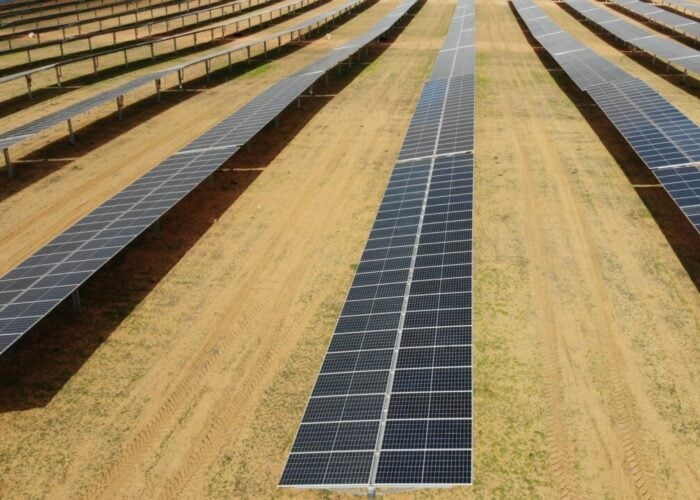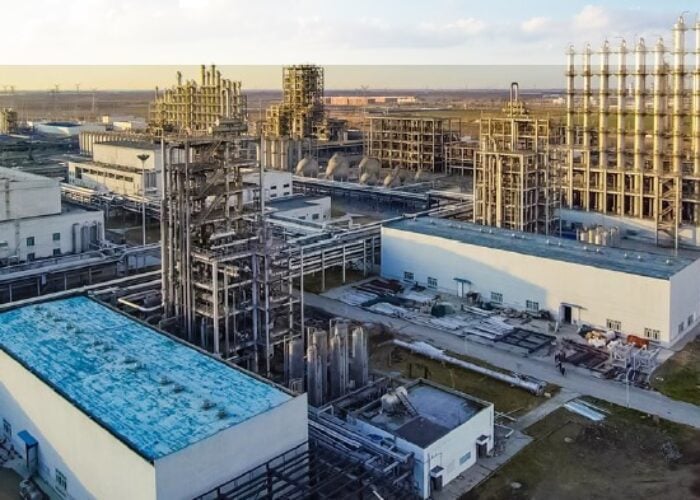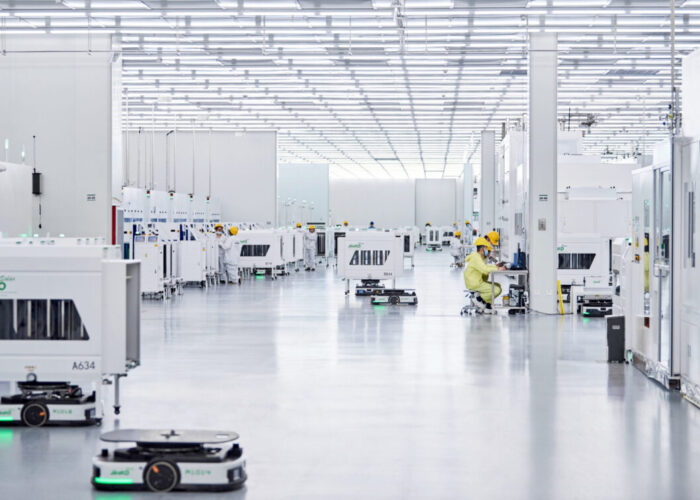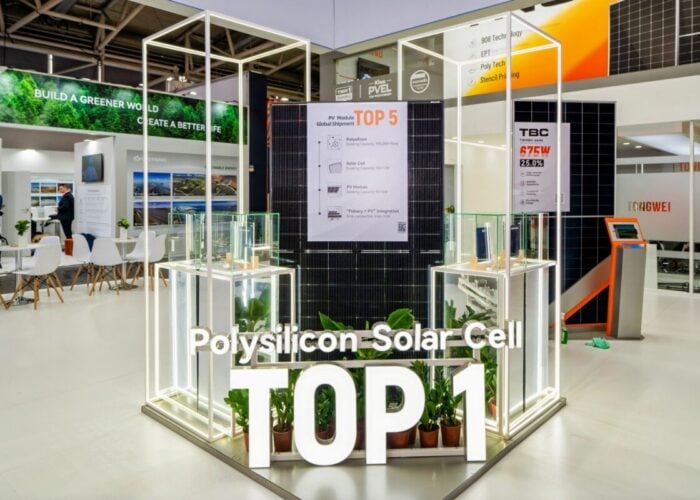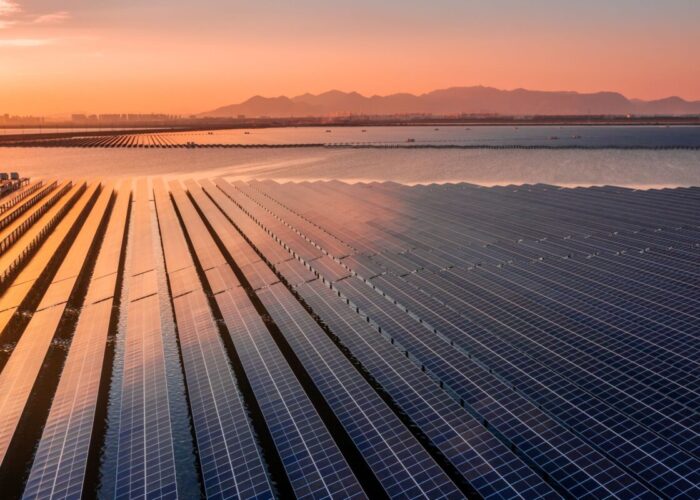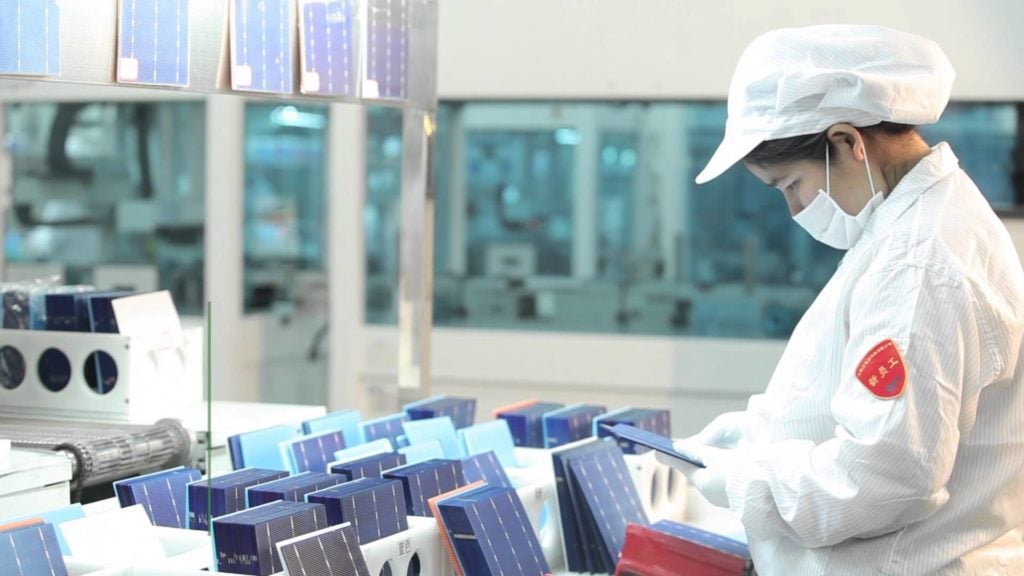
Solar manufacturing material shortages are nearing a crisis point with the price of polysilicon continuing to rise, JinkoSolar’s Dany Qian has said.
The price of polysilicon has risen steadily over the course of the last year, prices rising initially due to factory shutdowns as a result of the COVID-19 pandemic but latterly due to a surge in demand.
Unlock unlimited access for 12 whole months of distinctive global analysis
Photovoltaics International is now included.
- Regular insight and analysis of the industry’s biggest developments
- In-depth interviews with the industry’s leading figures
- Unlimited digital access to the PV Tech Power journal catalogue
- Unlimited digital access to the Photovoltaics International journal catalogue
- Access to more than 1,000 technical papers
- Discounts on Solar Media’s portfolio of events, in-person and virtual
Market research firm Energy Trend reports that the latest polysilicon price of RMB135/kg (US$20.69/kg) is up 3.3% on last month’s price, while analysts expect the price could reach RMB150/kg (US$23/kg) imminently.
Dany Qian, VP at JinkoSolar, said there was a “perfect storm” of factors impacting supply and demand that companies were struggling to keep up with, adding that the industry was approaching a “crisis” as a result.
Qian also noted that the supply constraints are creating a significant imbalance in the pecking order for polysilicon supply.
Price increases for raw materials have sent module prices upwards, which in turn caused module sales to contract. Some Tier 2 module manufacturers cut cell orders as a result, only to find themselves at the back of procurement queues when they have subsequently moved to re-order when the market rebounded.
Non-vertically integrated module manufacturers have been worst hit by pricing imbalances, reliant as they are on wafer and cell manufacturers who are encountering polysilicon price spikes.
While new polysilicon capacity is expected to come onstream later this year, supply is widely expected to remain constrained for some time yet. Shortages of other materials such as silver and copper are also sending costs increasing, prompting yet further pressure on margins.
The pressures of material pricing were evident in JinkoSolar’s full-year 2020 financial results and 2021 guidance disclosure last week, when management noted to analysts that although the company had secured sufficient materials to meet its guidance range, high material prices would inevitably lead to higher module prices which would, in turn, impact on downstream demand.
“Since the fourth quarter of 2020, the mismatch between supply and demand continued to drive volatility upstream and downstream. We predict this scenario will continue into the second quarter of this year,” Xiande Li, chairman of the board of directors at JinkoSolar, said last week.
More polysilicon supply is expected to come onstream later this year, with facilities to be owned and operated by companies including Xinte, GCL-Poly and Risen slated to start production in 2021, while formerly shuttered plants, including those owned by REC Silicon, are also expected to be brought back online.
As well as polysilicon, prices for solar glass have soared on the back of spiking demand, leading to major solar glass providers experiencing soaring profits throughout the last year. This is, also like polysilicon, expected to be short-lived however, with prices widely anticipated to normalise once new furnaces and capacity comes onstream later this year.

